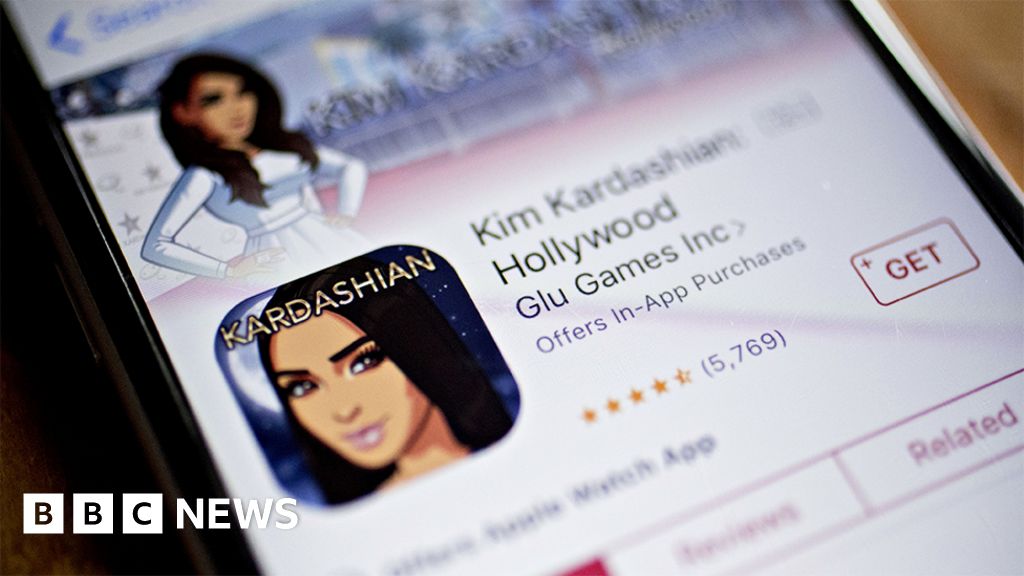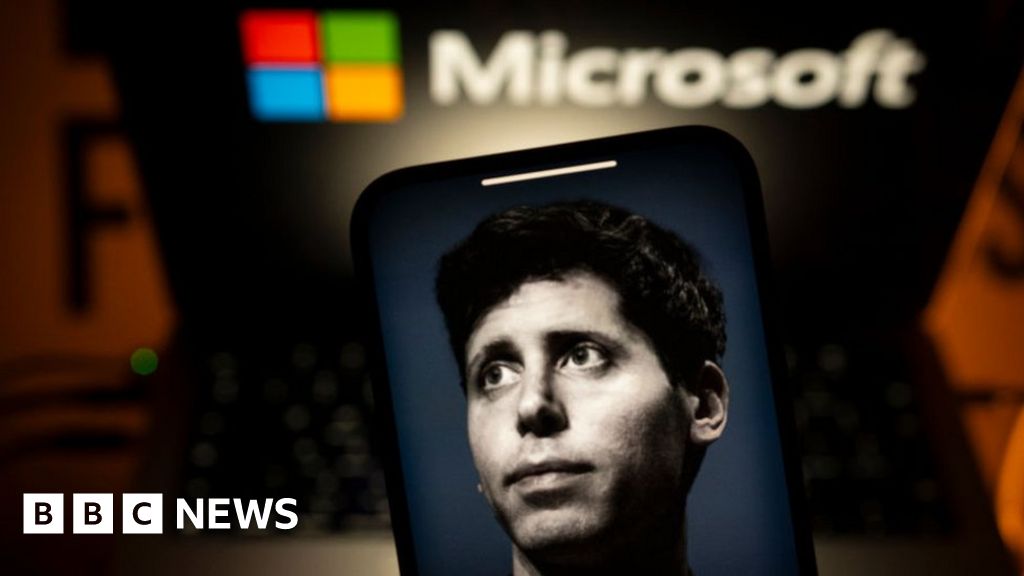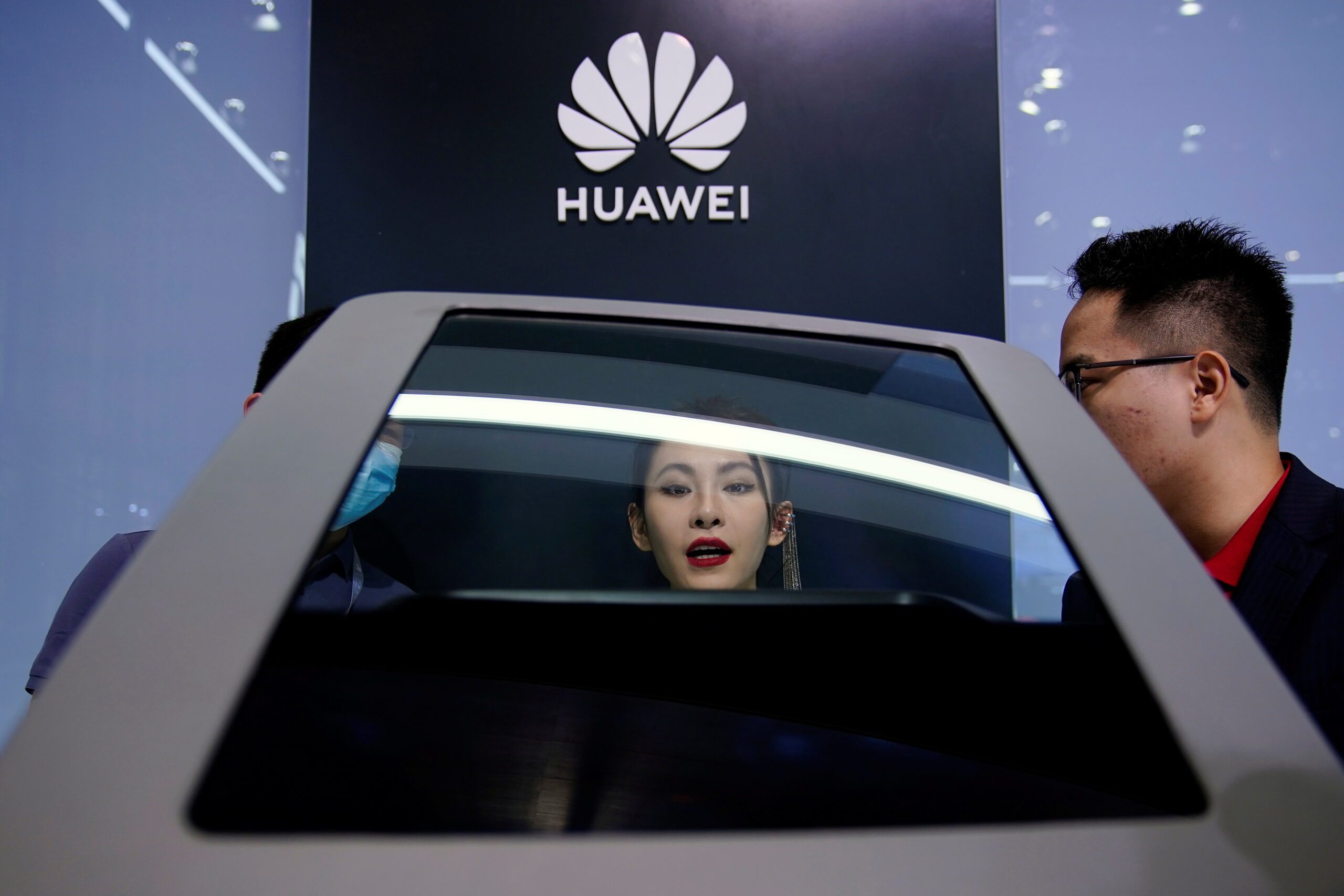Duolingo cuts workers as it relies more on AI
It is unclear exactly how many jobs were lost, but the cuts affected teams working on dozens of language programs. Duolingo spokesperson Sam Dalsimer confirmed the company cut around 10 percent of its contractors at the end of 2023, but he declined to provide specific numbers. The company has more than 700 full-time employees.
Since OpenAI released ChatGPT just over a year ago, companies around the world have been scrambling to find ways to use AI chatbots. Because the bots can create human-sounding text on practically any topic, marketers and online publishing companies have been among the first to use them to directly replace human writers. Many jobs that have been hit are lower-paid entry-level positions, and in the case of Duolingo, the changes affected contract workers, who don’t have the same protections and benefits of full-time employees.
AI skeptics and critics have pointed out that chatbots make plenty of errors that require human editors to fix. Still, the potential cost savings is driving more companies to use the tools for writing, translation and graphic design.
The developments at Duolingo came as a surprise because the company had initially told workers that they wouldn’t be replaced with AI, said Benjamin Costello, a Russian-language translator and musician from Baltimore, who was fired in August from his contract work. Costello, 27, said that he believes the decision to fire human contractors was to save money, but that the move is resulting in the quality of the company’s lessons dropping.
Since being let go, Costello has gone into the app to use the course for which he used to write lessons. “There are tons and tons of errors in it,” he said.
Duolingo has more than 100 courses in more than 40 different languages. The app works by guiding learners through lessons that teach them new vocabulary and grammar with different exercises.
“We are not swapping the expertise of human experts for AI. AI is a tool we are using to increase productivity and efficiency, with the goal of adding new content and improving our courses faster,” Dalsimer said. “In every instance we attempted to find alternate roles for each contractor.”
But Costello said he was not offered a different job before being let go. Another contract worker who was fired in December said they also were not given the opportunity to get a different role. They spoke on the condition of anonymity out of concern that speaking to the media could lead to professional repercussions.
Founded in 2011, Duolingo has grown quickly and steadily into one of the biggest language-learning apps. It had 83.1 million monthly users at the end of September 2023, nearly 50 percent more than it had at the same time the year before. The company said in November it expected to pull in as much as $528 million in revenue in 2023, outshining Wall Street predictions. Its stock more than tripled in 2023.
AI has been used in translation for years. Google used early versions of the technology that eventually led to breakthrough chatbots such as ChatGPT to vastly improve Google Translate. But over the past year, Duolingo has explored ways to use AI to write content for its lessons, directly replacing the work many contractors had previously been doing.
CEO and co-founder Luis von Ahn told investors that the company will use AI to improve its business. In March, Duolingo unveiled AI features, including a conversation mode that was built using OpenAI’s GPT4 tech. In June, the company said it began using AI to create sentences for its lessons that were previously written by humans.
In August, contractors who had worked on less popular language programs, such as English for Russian speakers, were cut, said Costello and two other workers who spoke on the condition of anonymity. Then, in December, an even larger wave of layoffs hit the contract workforce at Duolingo, impacting more-popular and higher-quality lesson programs that are geared toward languages such as Spanish and Japanese, the workers said.
Though the company began testing AI internally at the beginning of 2023, it didn’t tell contractors anything about AI at first, one of the workers said. Then the company announced that it had been running tests and that the results were promising, this person said, and managers then began telling them their work might be curtailed, without saying exactly why.
“They didn’t say AI, but we all assumed it was AI,” the worker said.
Dalsimer, the Duolingo spokesperson, said workers were told in August before the layoffs that the company “will likely have to adapt current contractor roles to fit the new needs of the organization.”
Big tech developments usually create whole classes of jobs, but that doesn’t mean that people whose jobs are replaced by automation aren’t hurt on a personal economic level, said Ethan Mollick, an associate professor at the University of Pennsylvania’s Wharton School of Business.
“This has happened many times before,” Mollick said. “Most people end up in better places, but not everyone does.”
The prevalence of gig and freelance work also could lead to more intense disruption by AI because companies may be more willing to lay these contract workers off than if they were full-time employees, he said. A November 2023 paper, by researchers from Harvard Business School, the German Institute for Economic Research and Imperial College London, found that the number of postings on freelancer websites for “automation prone” jobs fell 21 percent after the introduction of ChatGPT, and image generation jobs fell by 17 percent.
Creative workers have been pushing back against AI. Hollywood writers fought for limits on the use of AI in film and TV writing as part of their strike in 2023. A growing group of authors are suing AI companies, alleging their work was used to train AI programs without payment or permission. And in December, the New York Times sued OpenAI, saying that ChatGPT was plagiarizing its news stories.
This wave of economic disruption is especially unpredictable because the tech could continue to improve, taking more jobs with it, Mollick said. “You could see it move up the ladder,” he said.
The contract workers who were not fired are reviewing AI-generated content, and it isn’t up to the quality standard Duolingo requires, one current Duolingo worker said. But if it keeps improving, Duolingo employees are concerned their jobs will be cut too, said the worker, who spoke on the condition of anonymity to protect their job. Duolingo says that humans are still firmly leading the development of its app and language lessons and that AI is being used as a tool to help improve its products.
Costello, the worker fired in August, is skeptical.
“I’m not really seeing any evidence of it actually being used that way,” he said. “I’ve just seen evidence of it being used to take away people’s jobs.”







